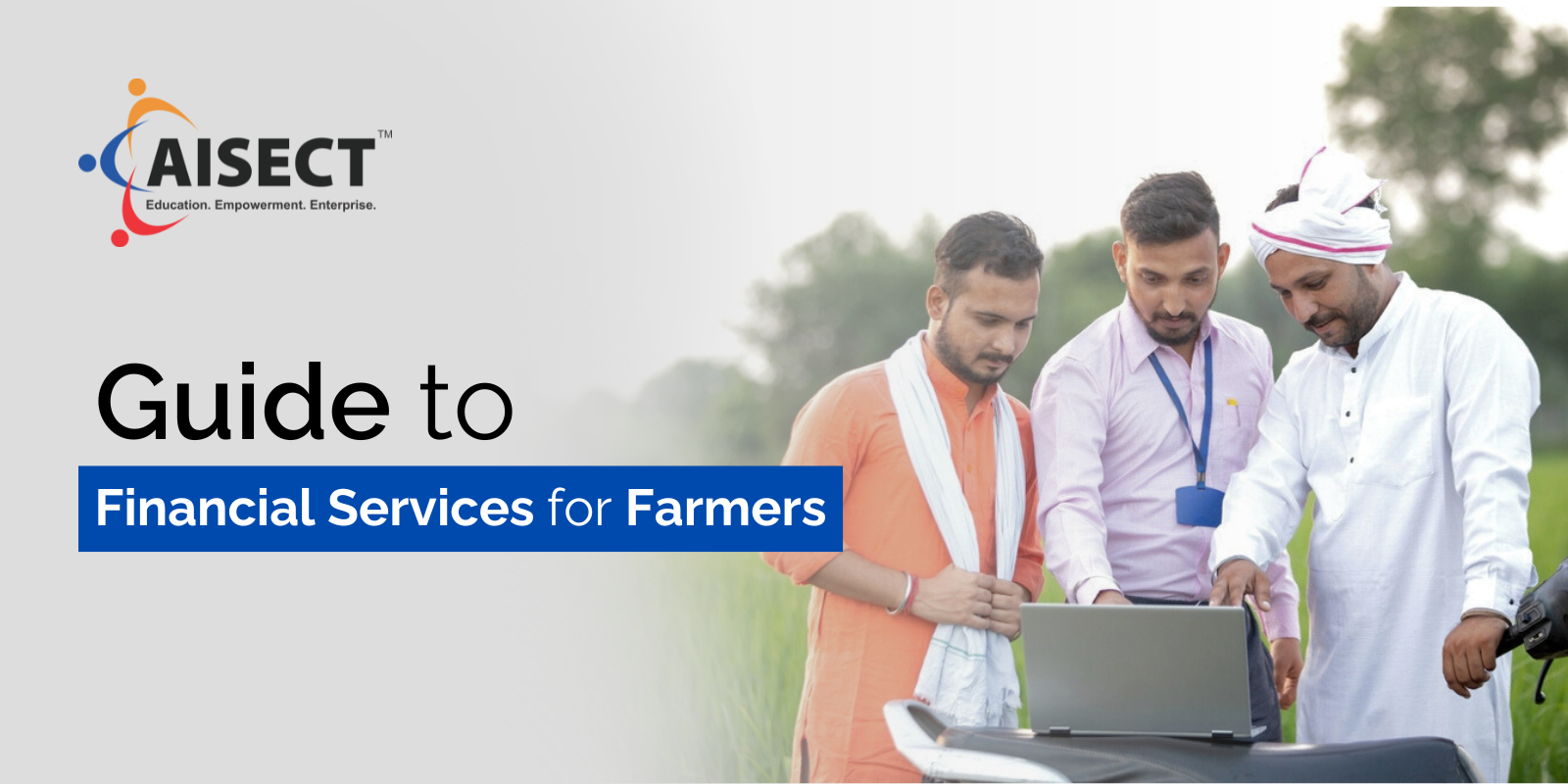Introduction
The rural areas is the backbone of our nation, and yet, farmers often face challenges in securing the financial resources they need to thrive. Fortunately, advancements in technology and an increased focus on rural development have opened up new avenues for farmers to access essential financial services. This guide dives deep into how you can leverage kiosks – easily accessible terminals often located in rural areas – to unlock financial services that can empower growth and stability.
Understanding Your Financial Needs
Before exploring banking kiosk options, it’s crucial to identify your specific financial needs. Here’s a breakdown of the key areas where financial services can significantly benefit farmers:
Loans:
Financing is the lifeblood of any agricultural operation. Loans can cover various expenses, including seeds, fertilizers, equipment purchases, and infrastructure improvements.
According to a report by the National Association for Farmer Producer Organisations (NAFPO), in 2022, an estimated 80% of farms relied on some form of credit to operate.
A 2019 study by the World Bank named “Digital Financial Services” found that access to digital financial services like kiosk-based loan applications increased agricultural productivity by 17%, highlighting the positive impact on yield.
Subsidies:
Government subsidies for seeds, fertilizers, and irrigation can be claimed electronically through kiosks. This streamlines the process and reduces potential delays or errors.
A 2020 report by the International Food Policy Research Institute (IFPRI) suggests that digital disbursement of subsidies through kiosks minimizes corruption and ensures funds reach the intended beneficiaries – farmers – more effectively.
Crop Insurance:
Mitigating risk is crucial for farmers. Kiosks allow farmers to easily enroll in crop insurance schemes, protecting against losses due to natural disasters or unexpected events.
A 2018 research paper named “Adoption of crop insurance and impact” published in the Agricultural Economics Journal found that access to digital crop insurance through kiosks increased farmer investment in high-yielding varieties and improved overall farm profitability.
Benefits of Kiosk Banking:
Convenience:
Kiosks eliminate the need to travel long distances to access financial services, saving valuable time and resources.
Accessibility:
Kiosks are often located in rural areas, making them readily available to farmers who may not have easy access to traditional bank branches.
Efficiency:
Kiosks offer a user-friendly interface that can streamline loan applications, subsidy enrollment, and insurance inquiries.
Transparency:
Kiosks can provide clear information on various financial products, allowing you to make informed decisions.
Multilingual Support:
Many kiosks offer support in multiple languages, ensuring inclusivity for farmers with diverse linguistic backgrounds.
Tips for Using Banking Kiosks Effectively
Prepare:
Gather necessary documents like land ownership records, identity proofs, and crop yield data before visiting the kiosk.
Understand:
Familiarize yourself with the kiosk interface and available services beforehand. This can be done through training sessions offered by local cooperatives or financial institutions.
Seek Help:
Kiosk operators are available to assist you with navigating the system and addressing any questions you may have.
Security:
Always remember your PIN and never share it with anyone. Be cautious of phishing scams and only use the kiosk for authorized transactions.
The Digital Revolution: Beyond Banking Kiosks
Kiosks are a stepping stone to a broader digital financial ecosystem for farmers. Here are some additional advancements impacting the agricultural sector:
Mobile Banking:
Financial institutions are increasingly offering mobile banking apps that allow farmers to access their accounts, transfer funds, and manage finances remotely.
FinTech Solutions:
Start-up companies are developing innovative financial technology solutions specifically tailored to the needs of farmers. These can include weather index-based insurance and satellite imagery-driven loan assessments.
E-commerce Platforms:
Online platforms connect farmers directly to buyers, eliminating middlemen and potentially increasing profits.
By embracing these digital tools, farmers can gain greater control over their finances, make informed decisions, and navigate the agricultural market more effectively.
Conclusion
The digital revolution is reshaping the way farmers access financial services. Kiosks represent a convenient and efficient gateway, offering loans, subsidies, and insurance at your fingertips. By embracing these digital tools, coupled with continuous learning and government support, farmers can unlock a brighter financial future for themselves and their communities. Remember, knowledge is power, and familiarizing yourself with the available options empowers you to make informed decisions for your farm’s success.



